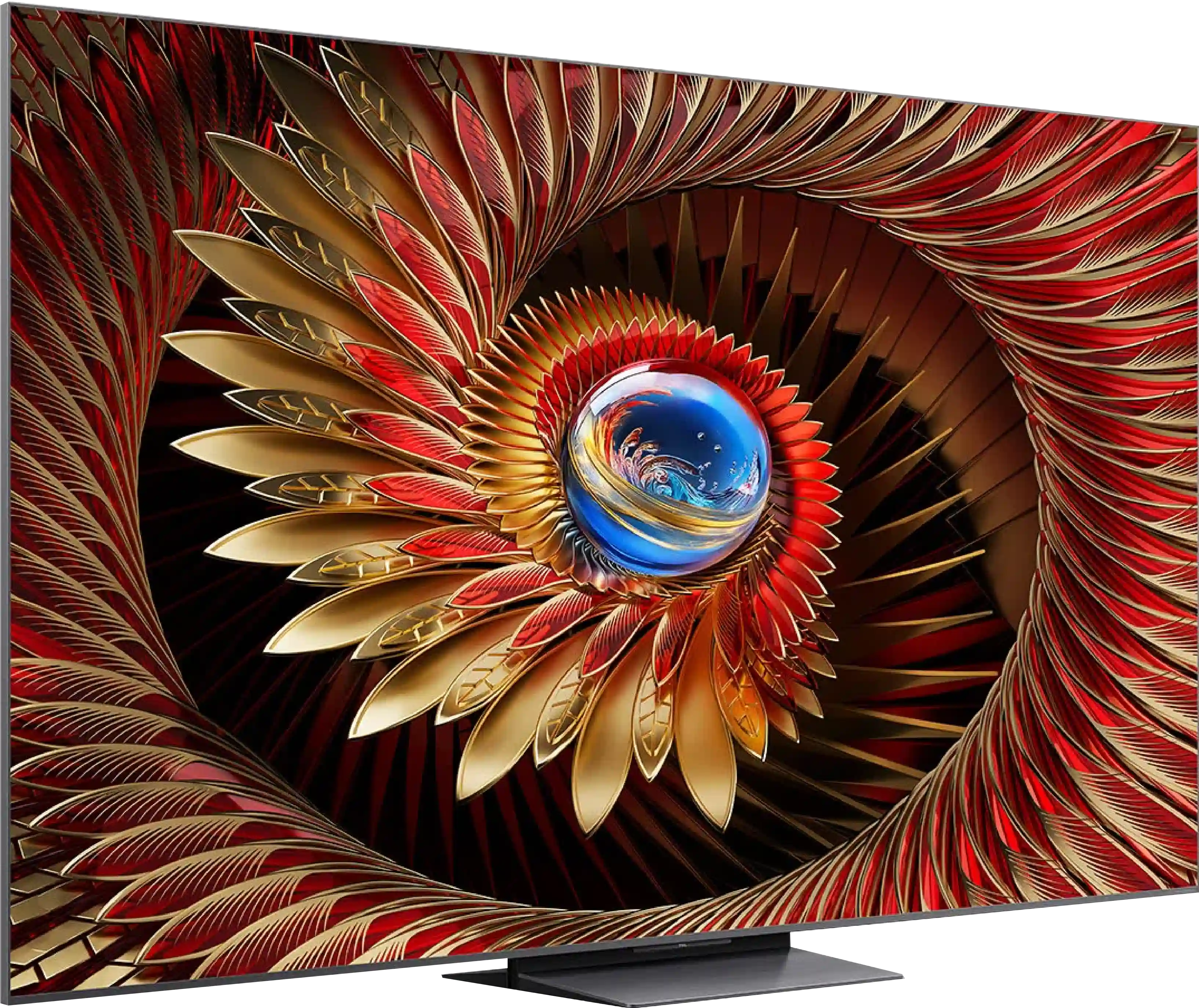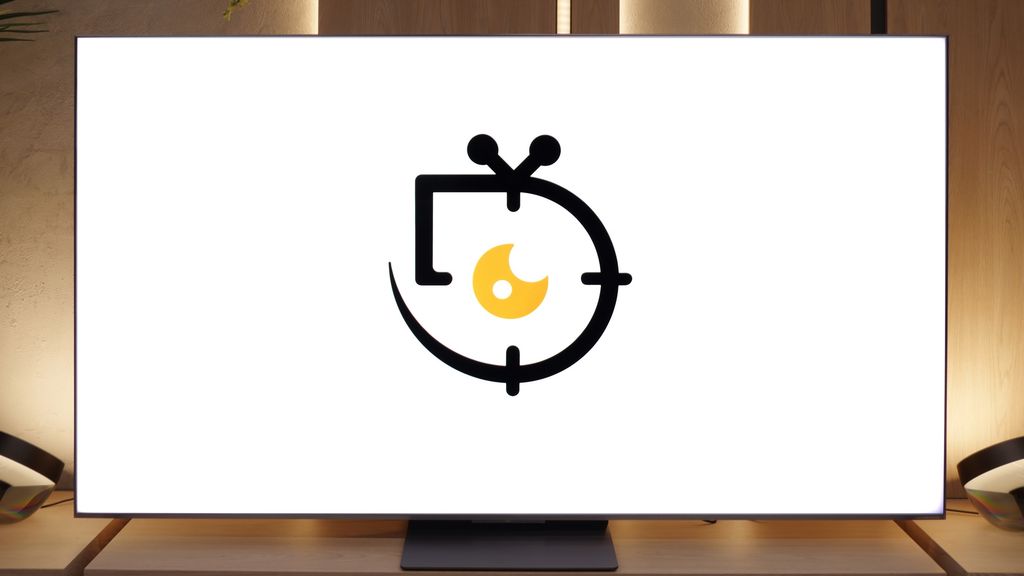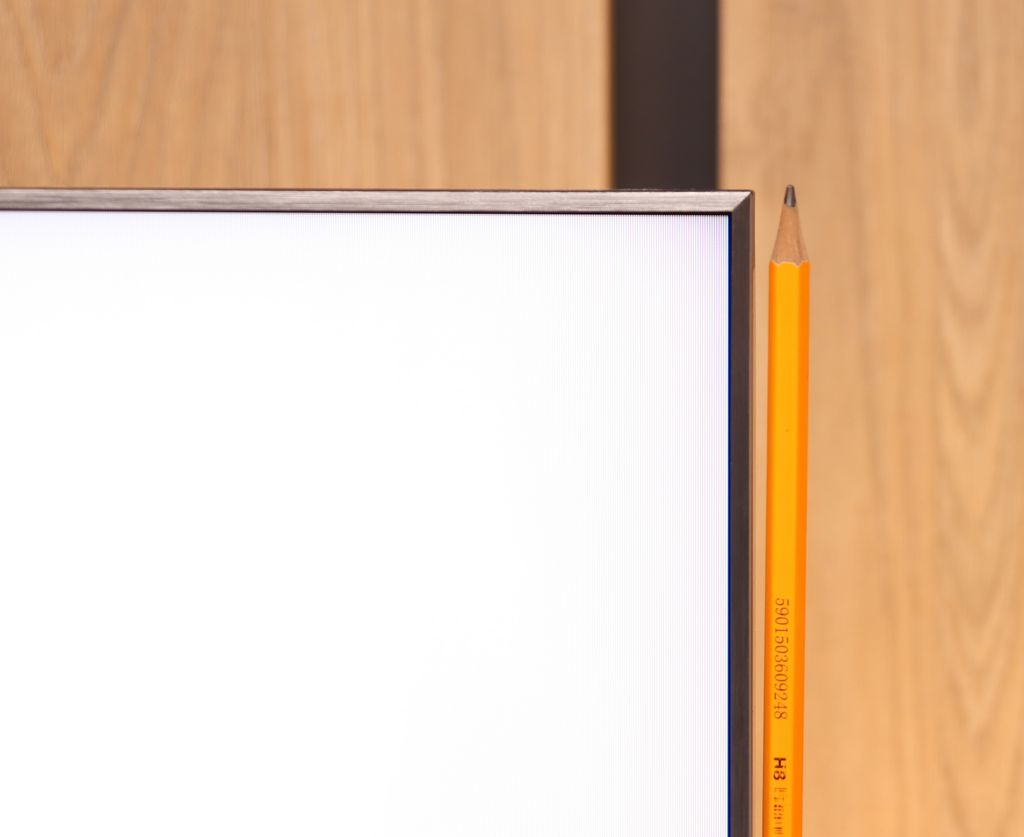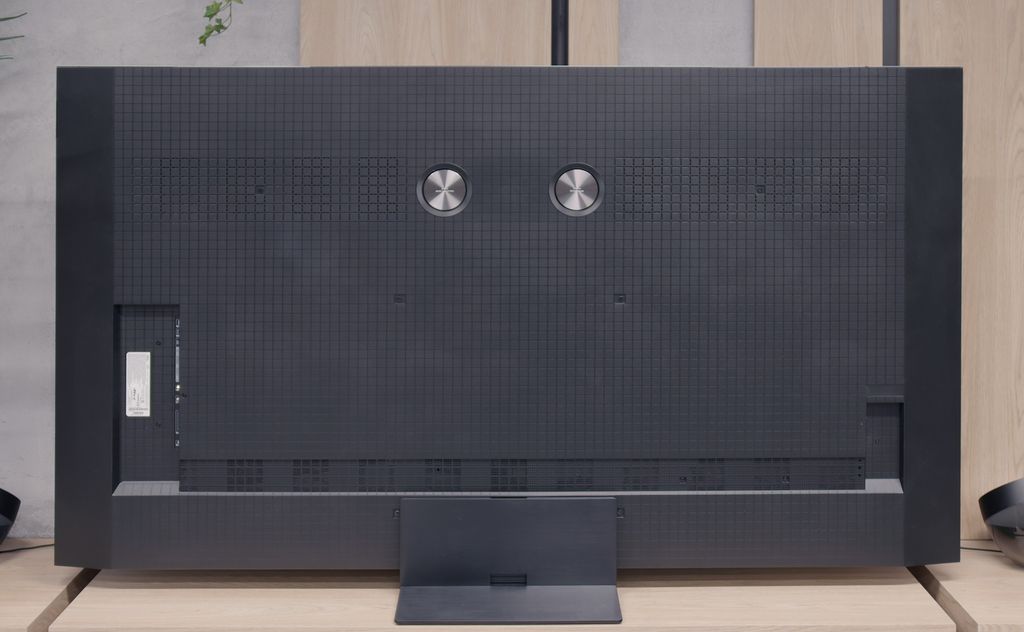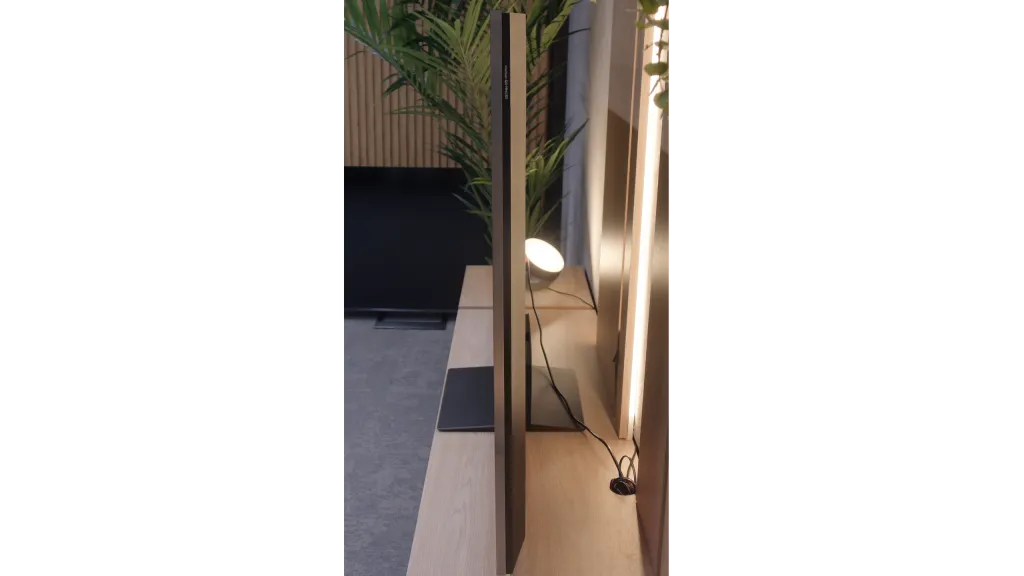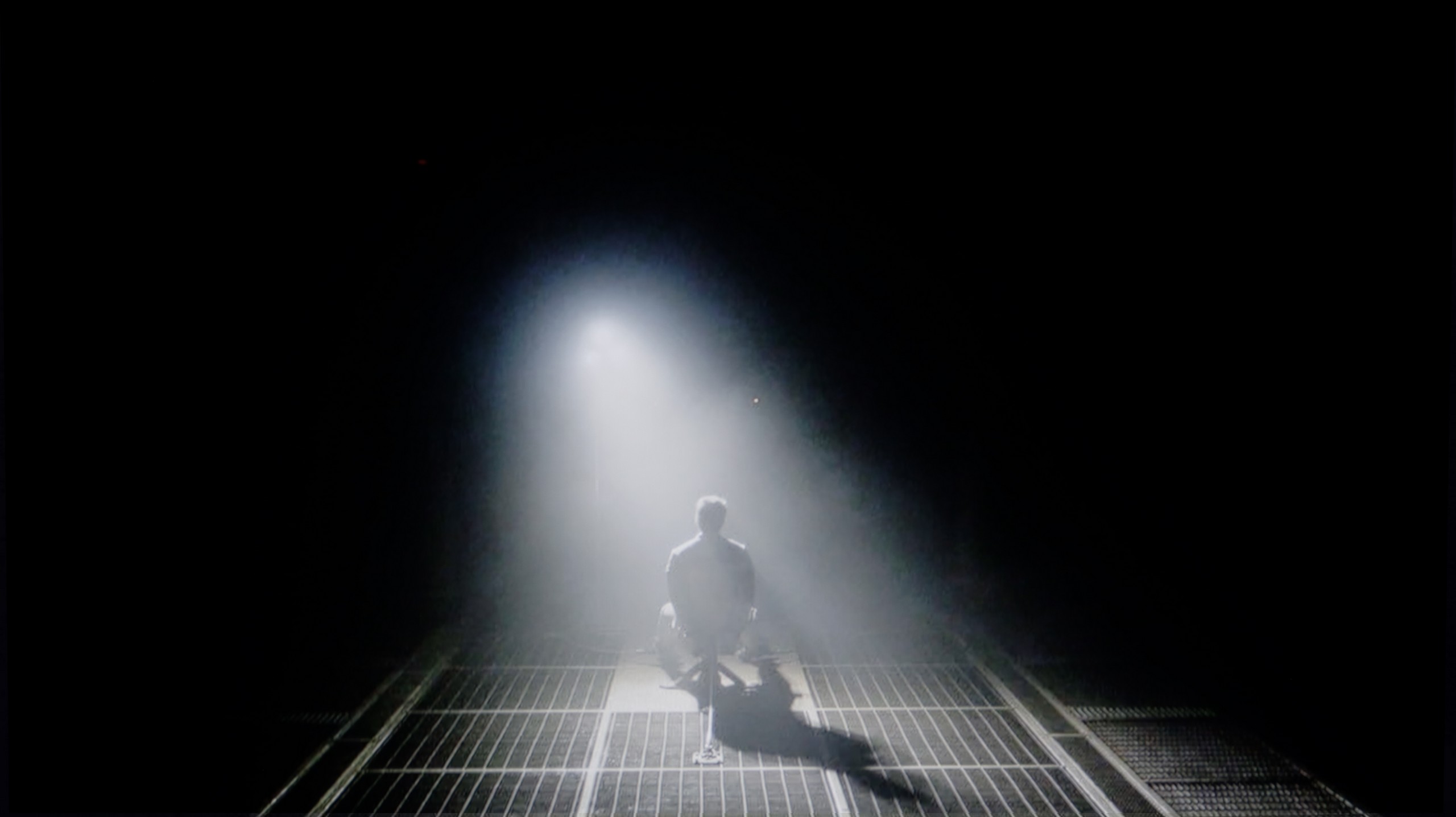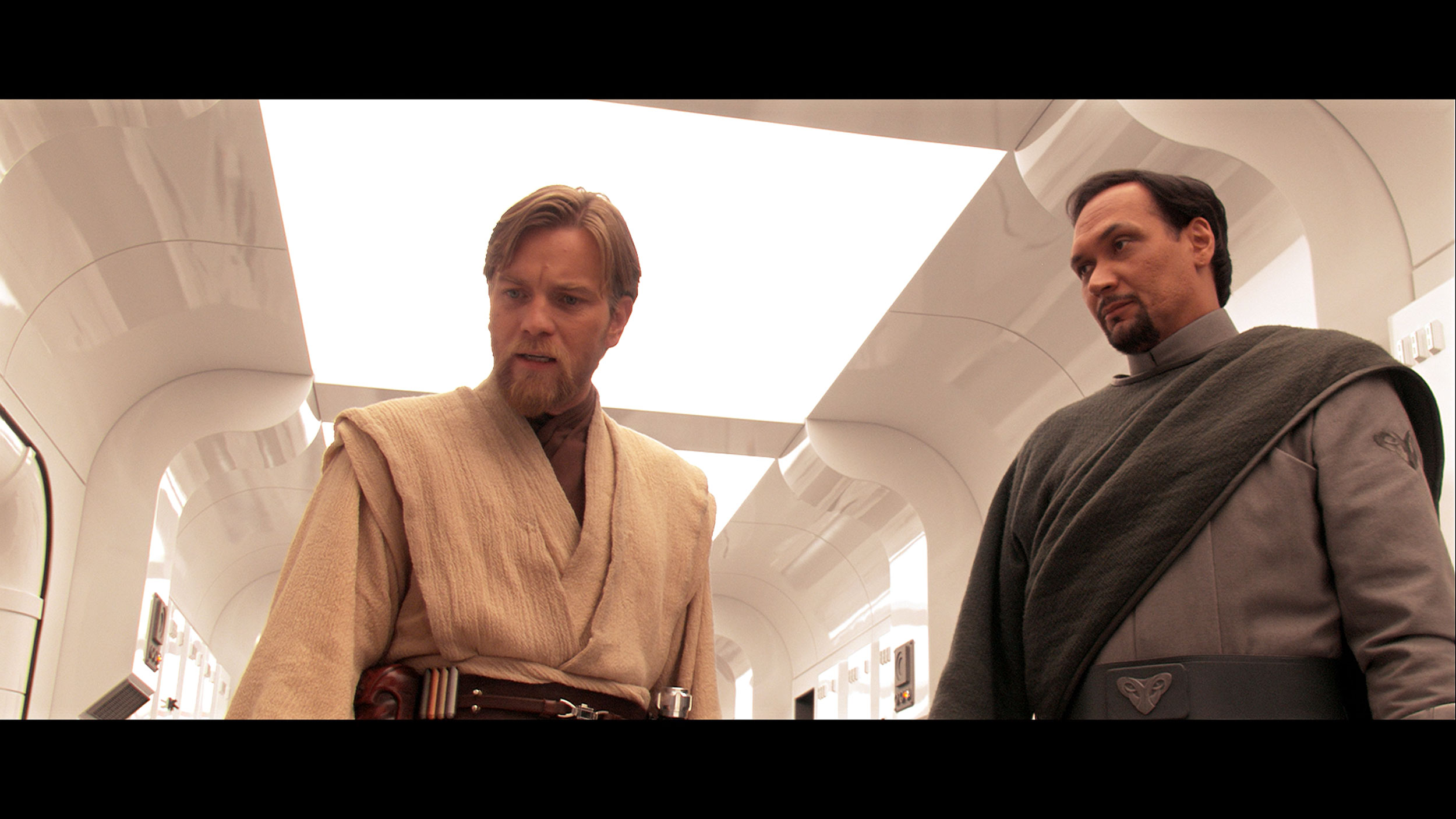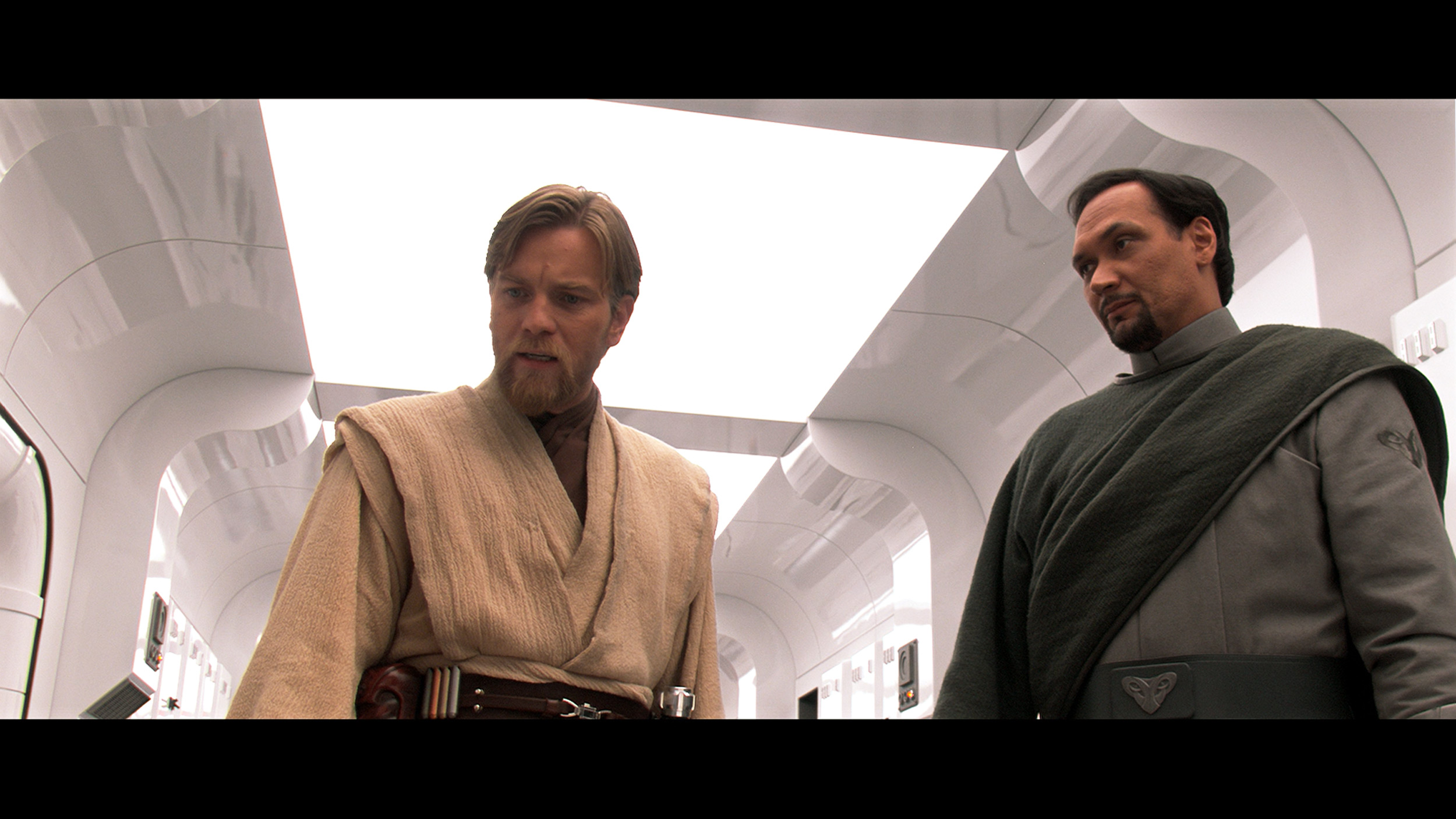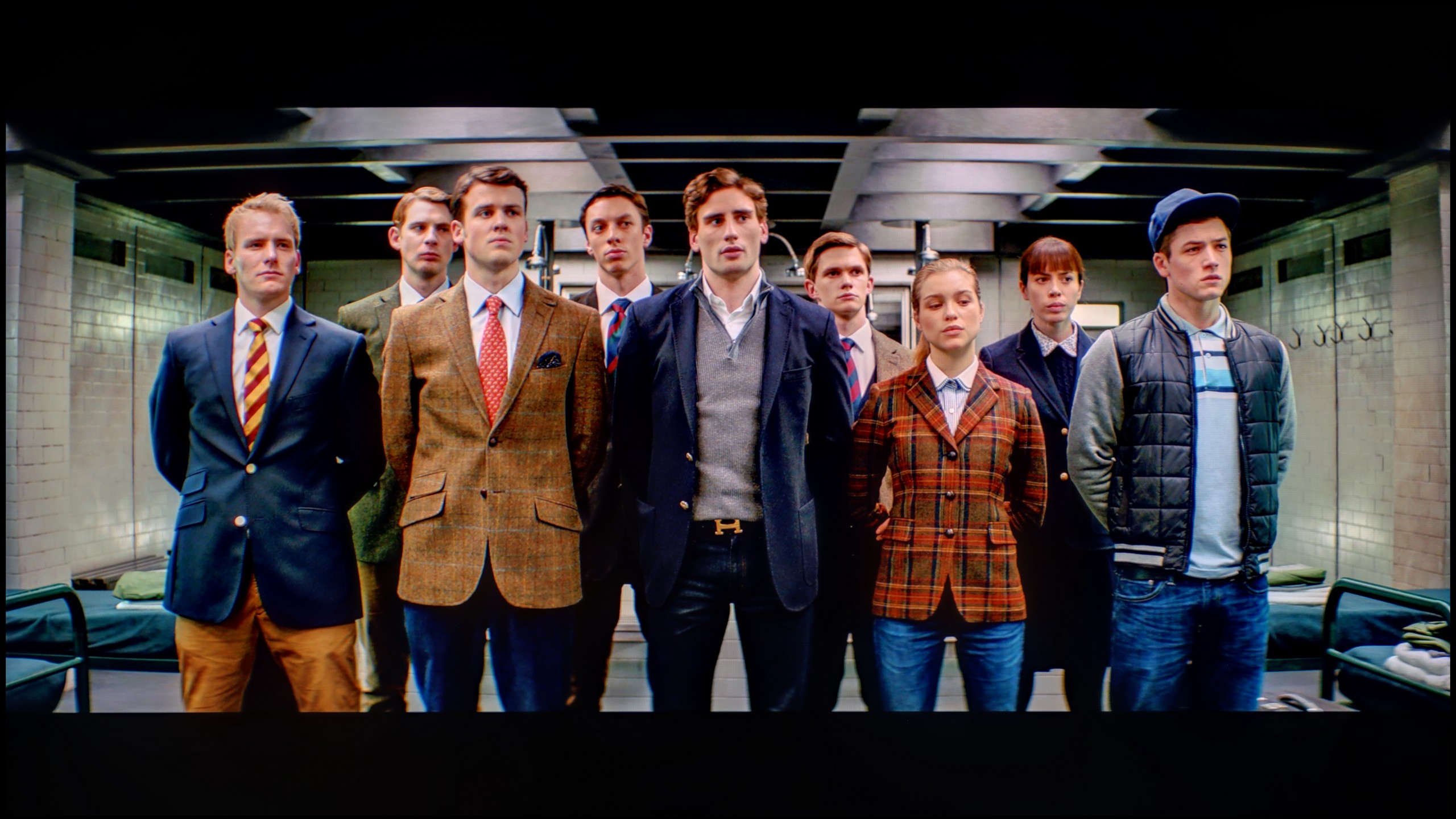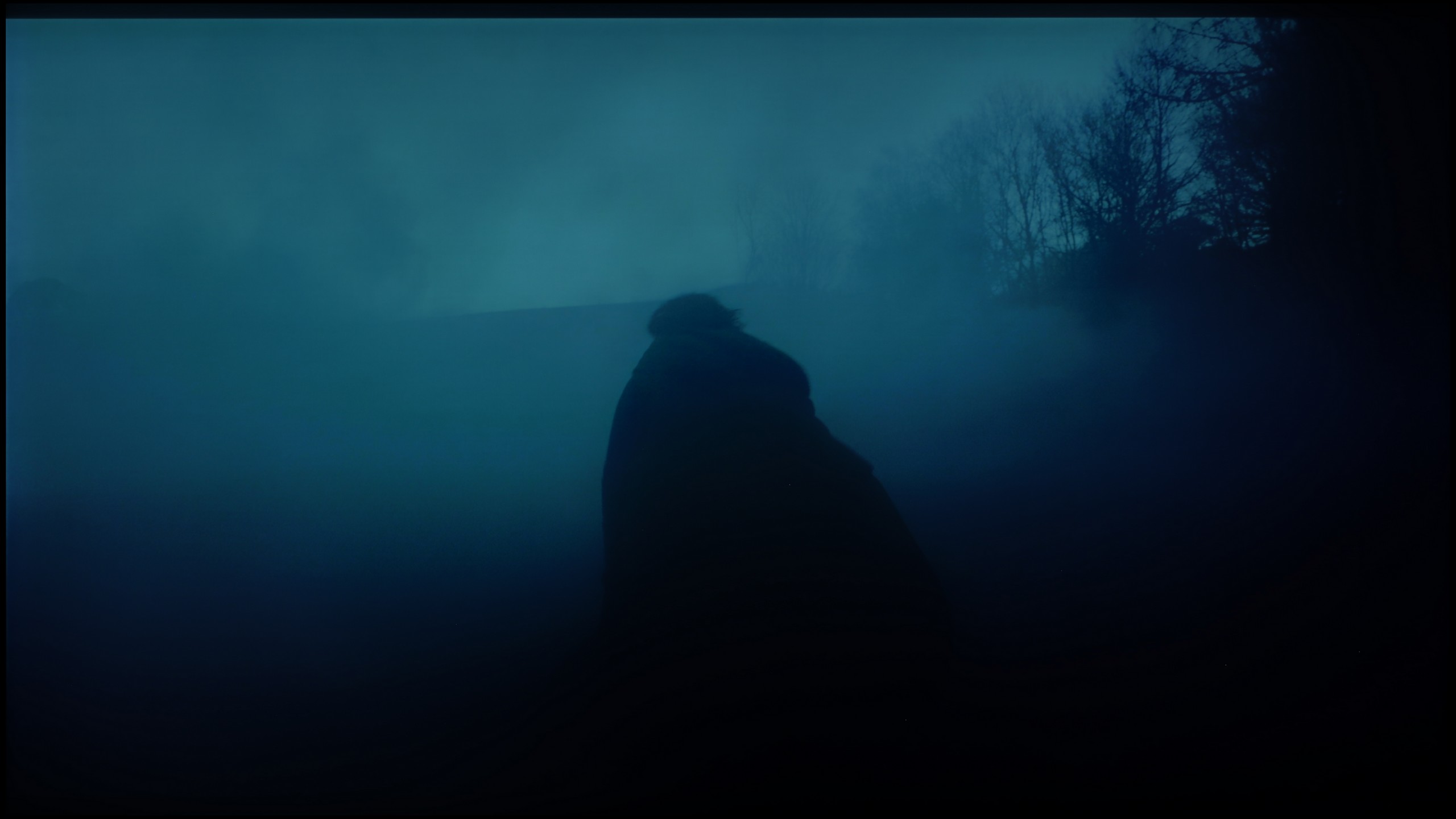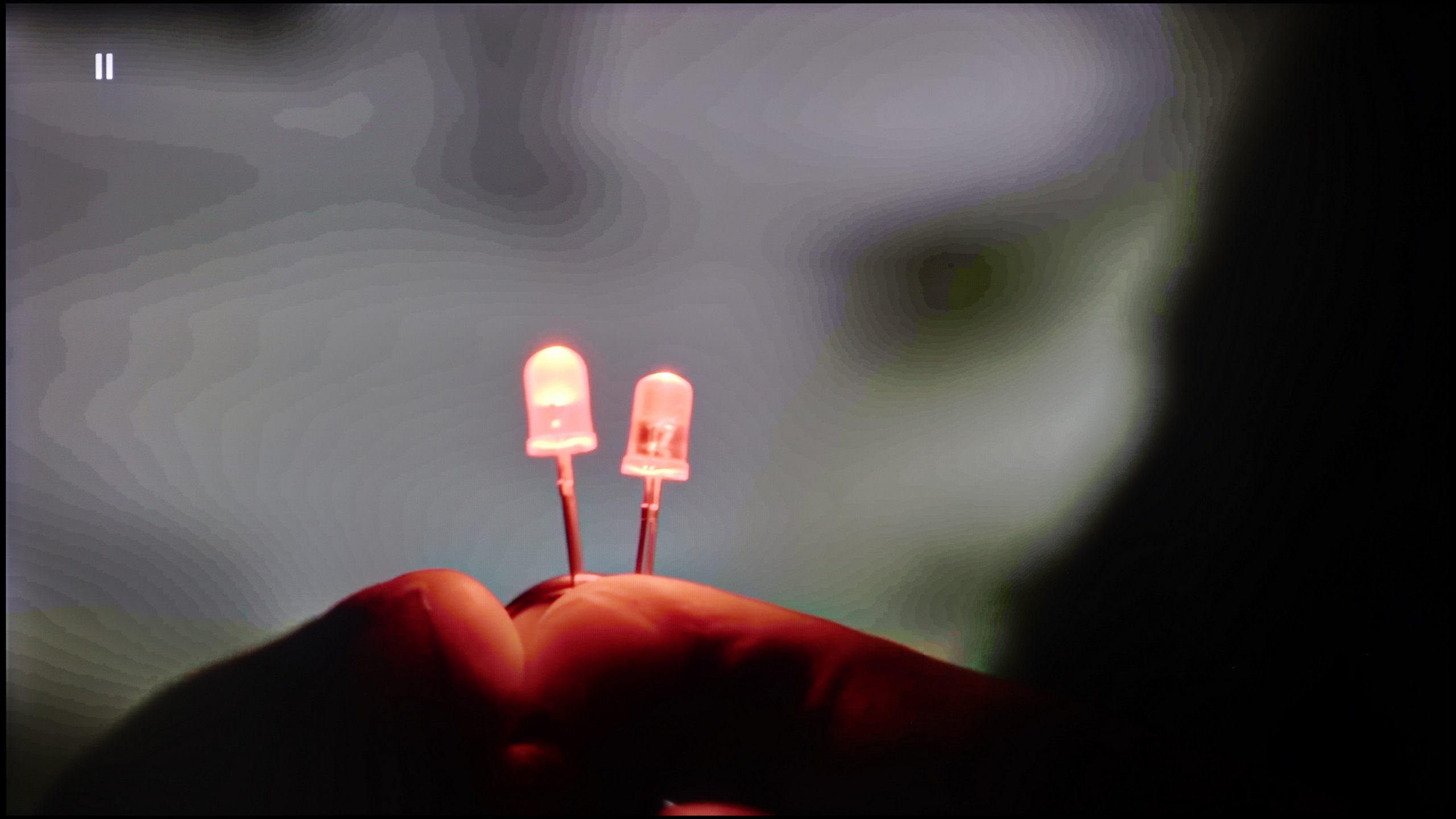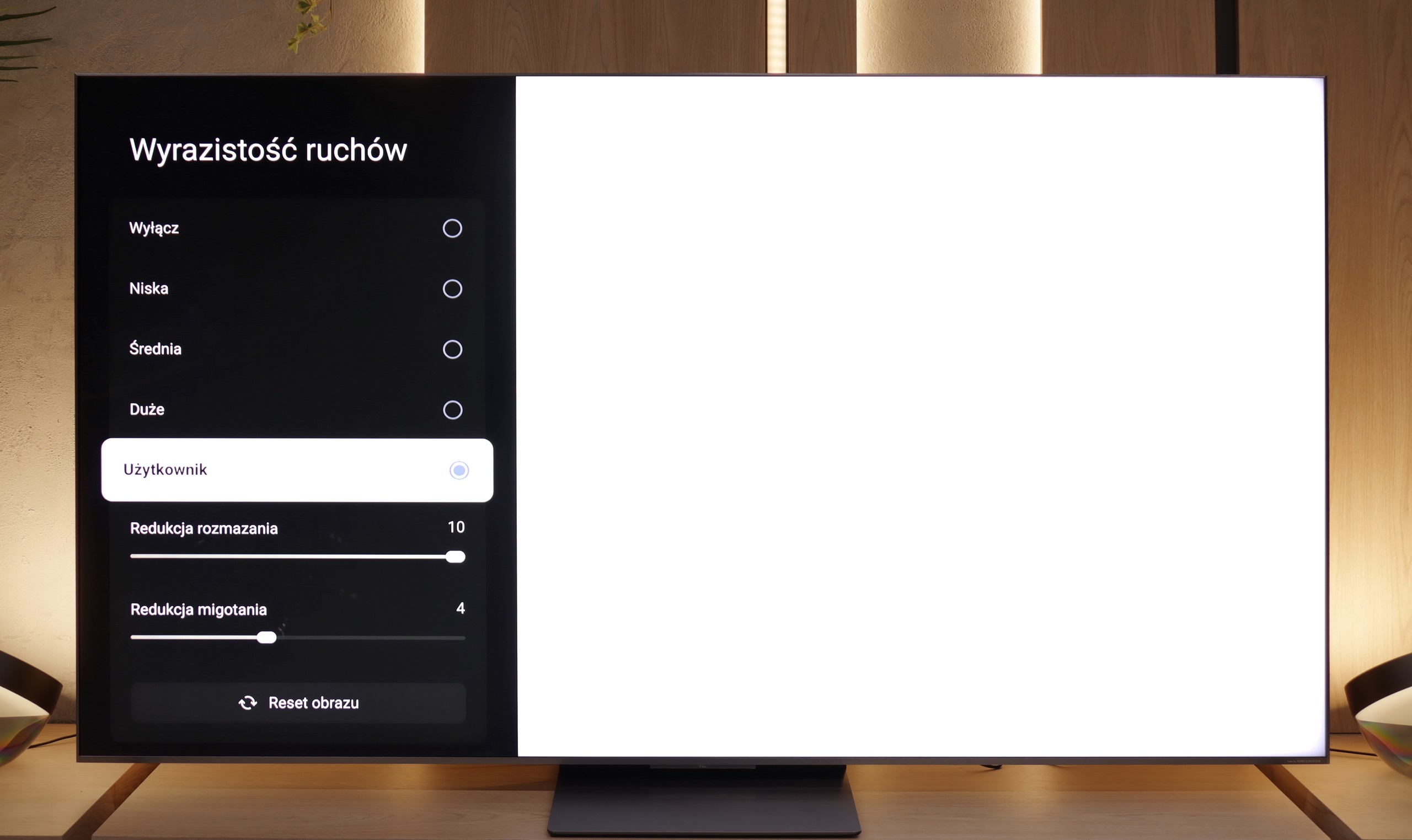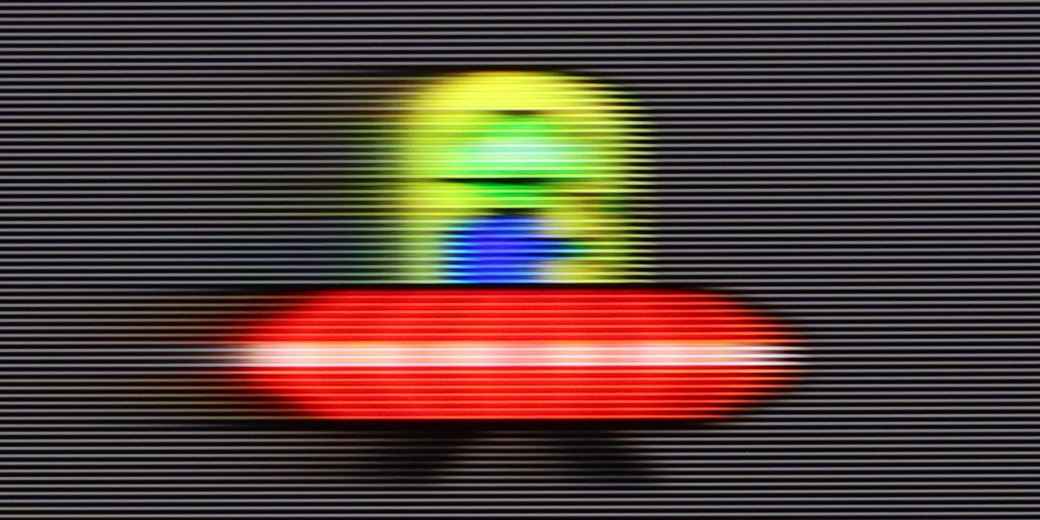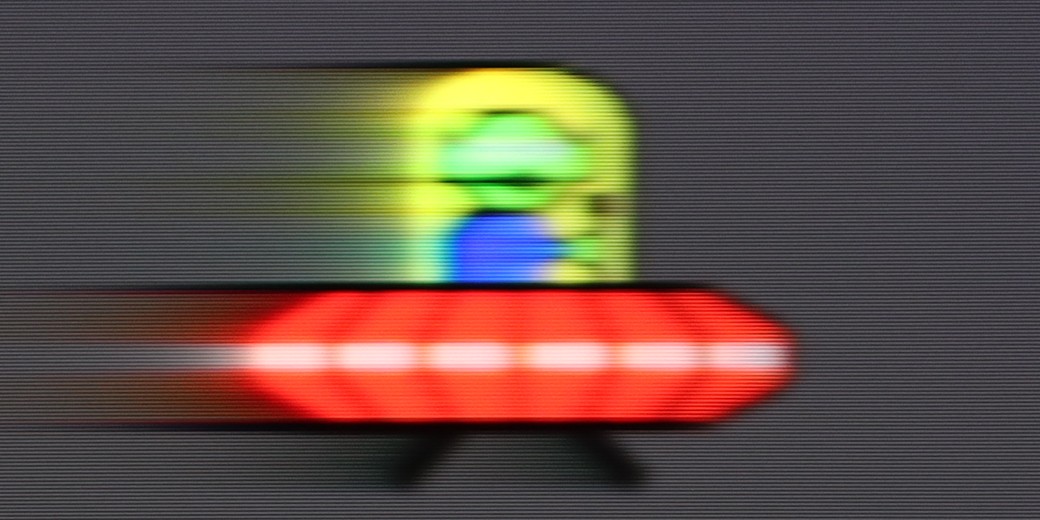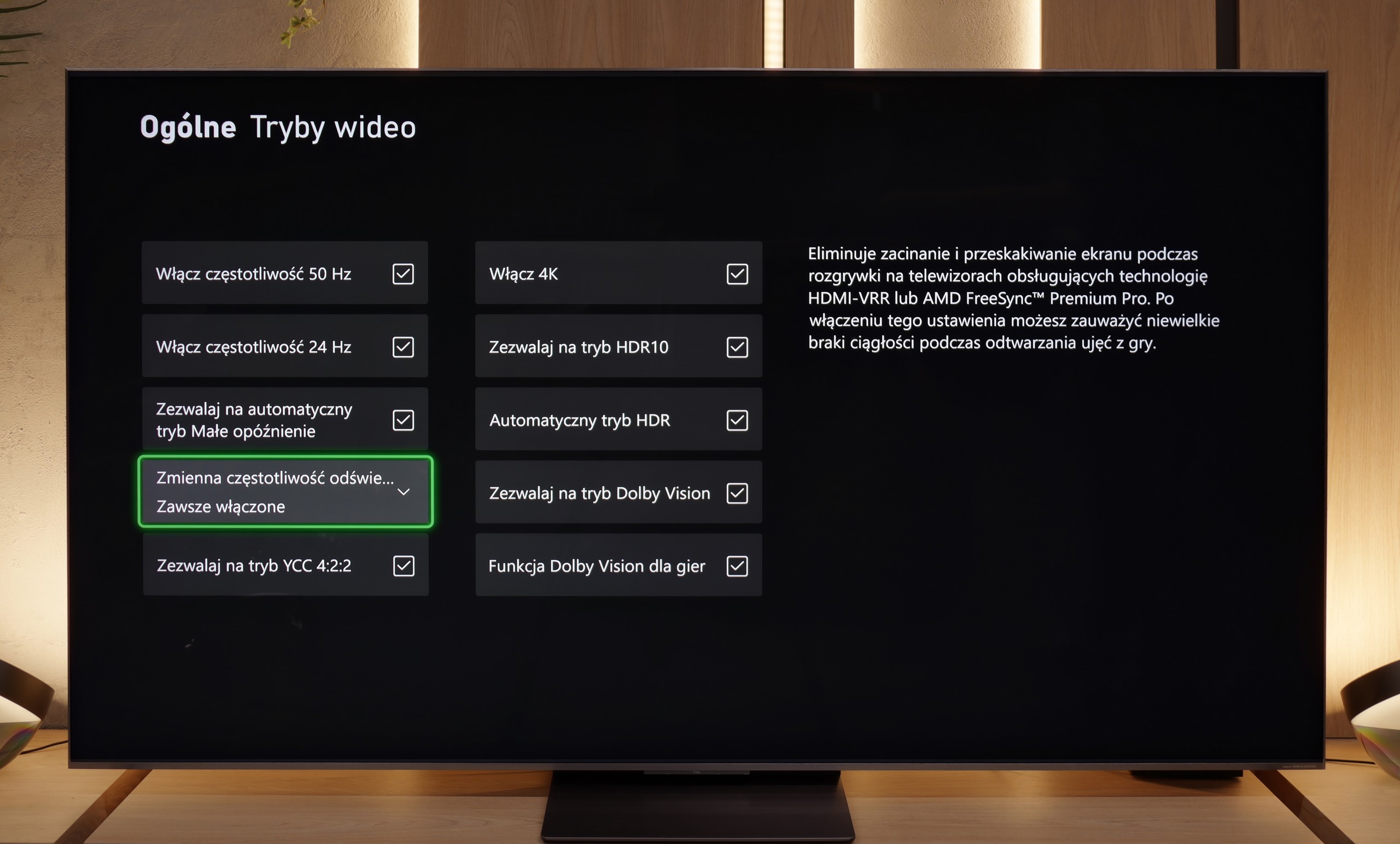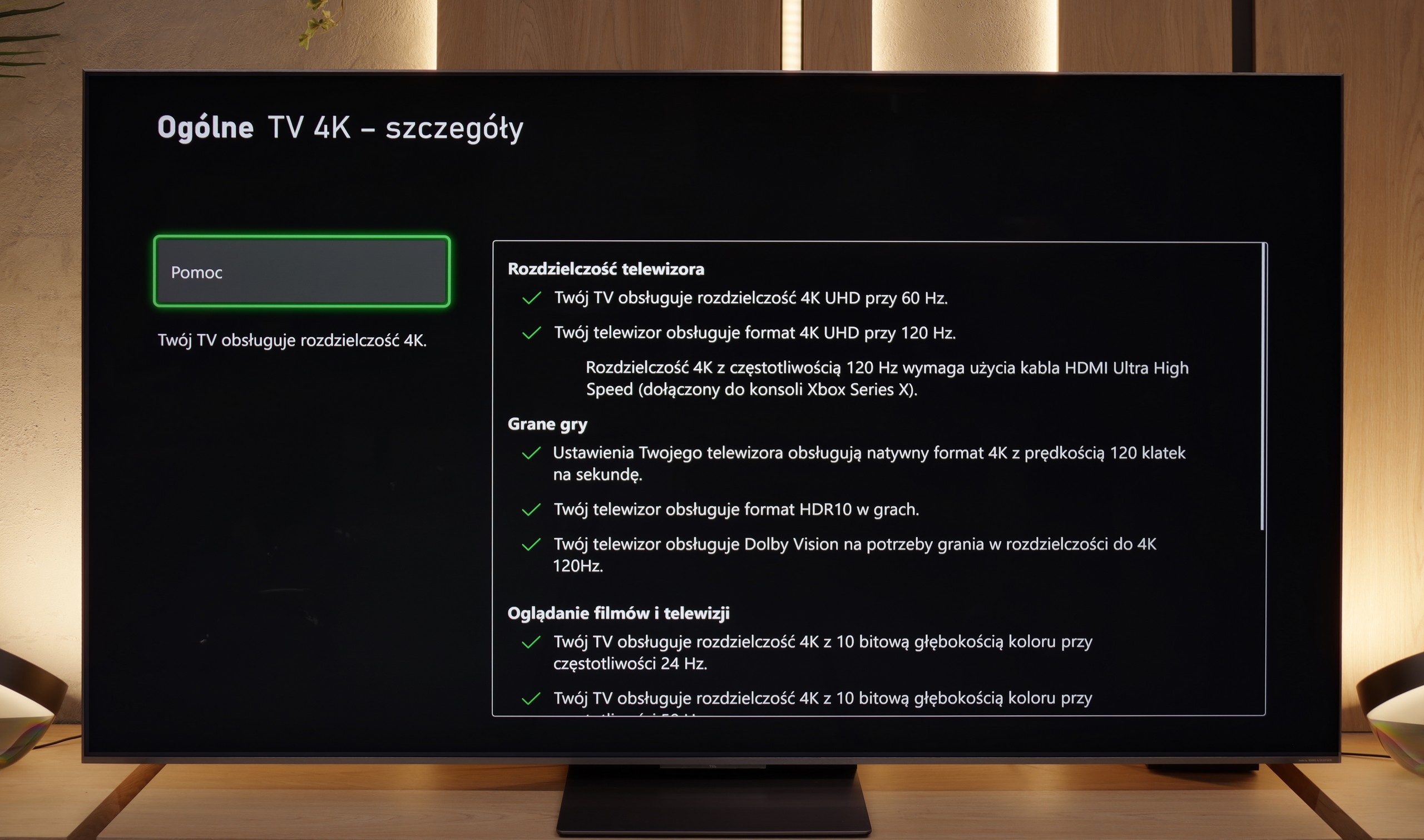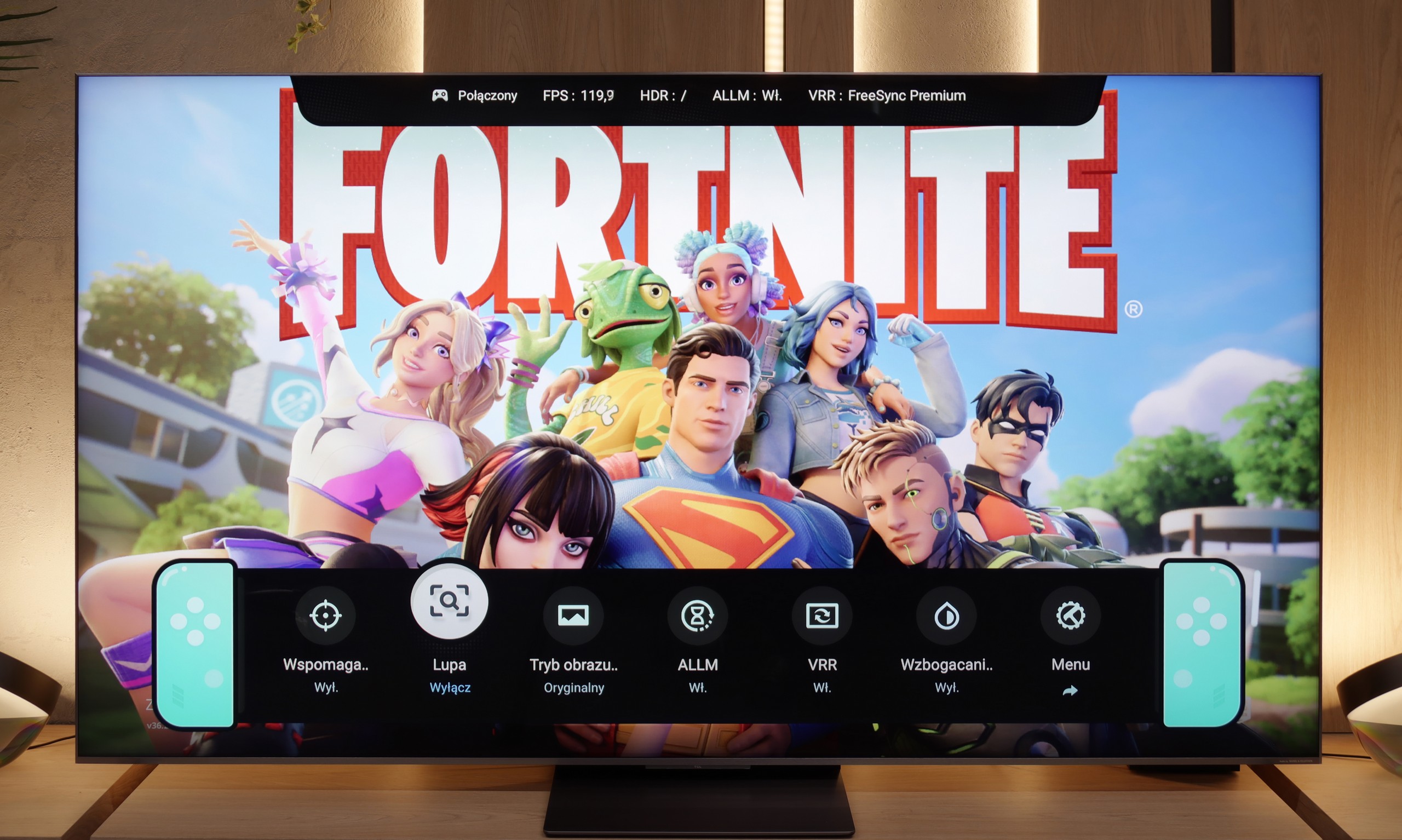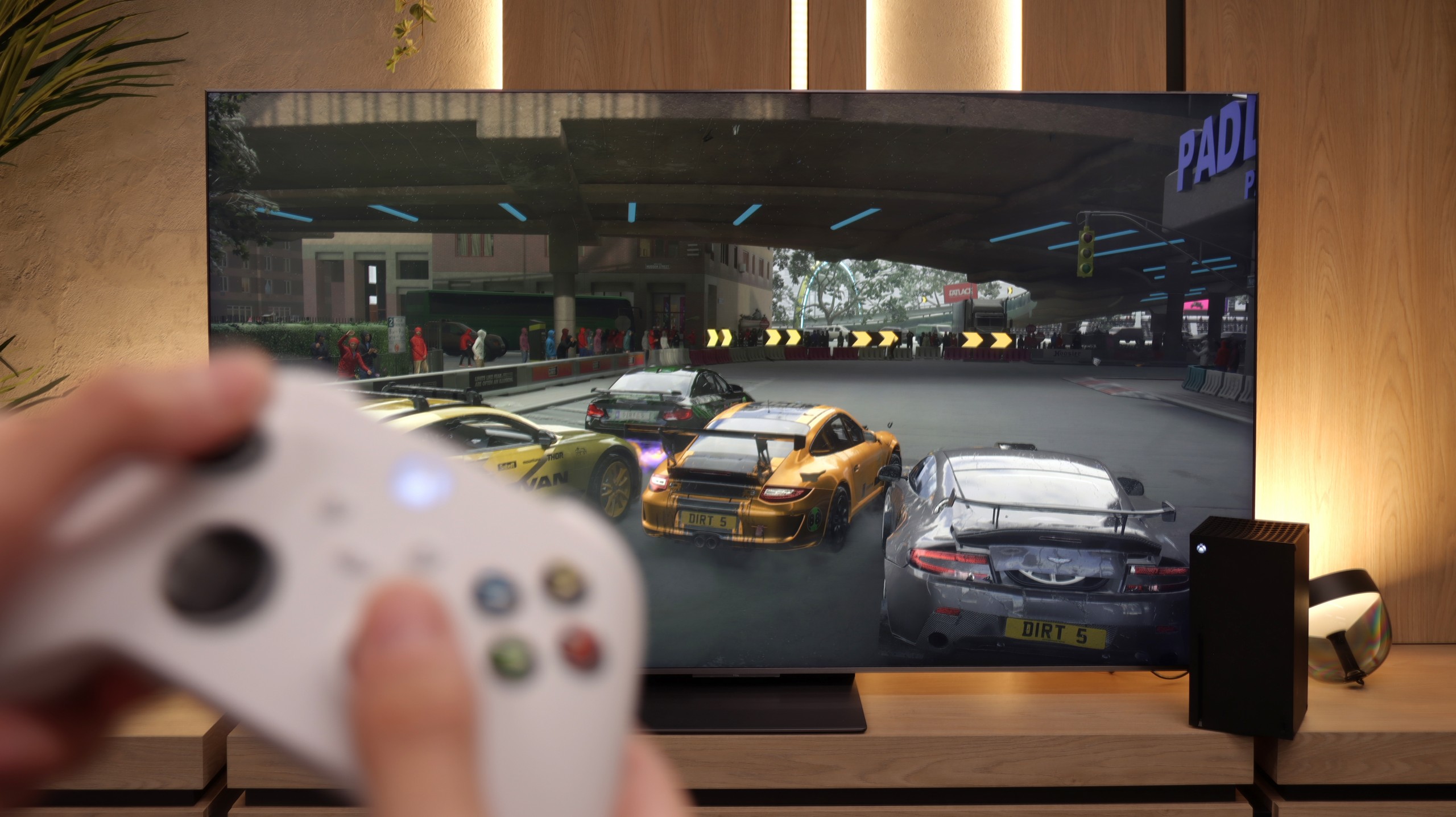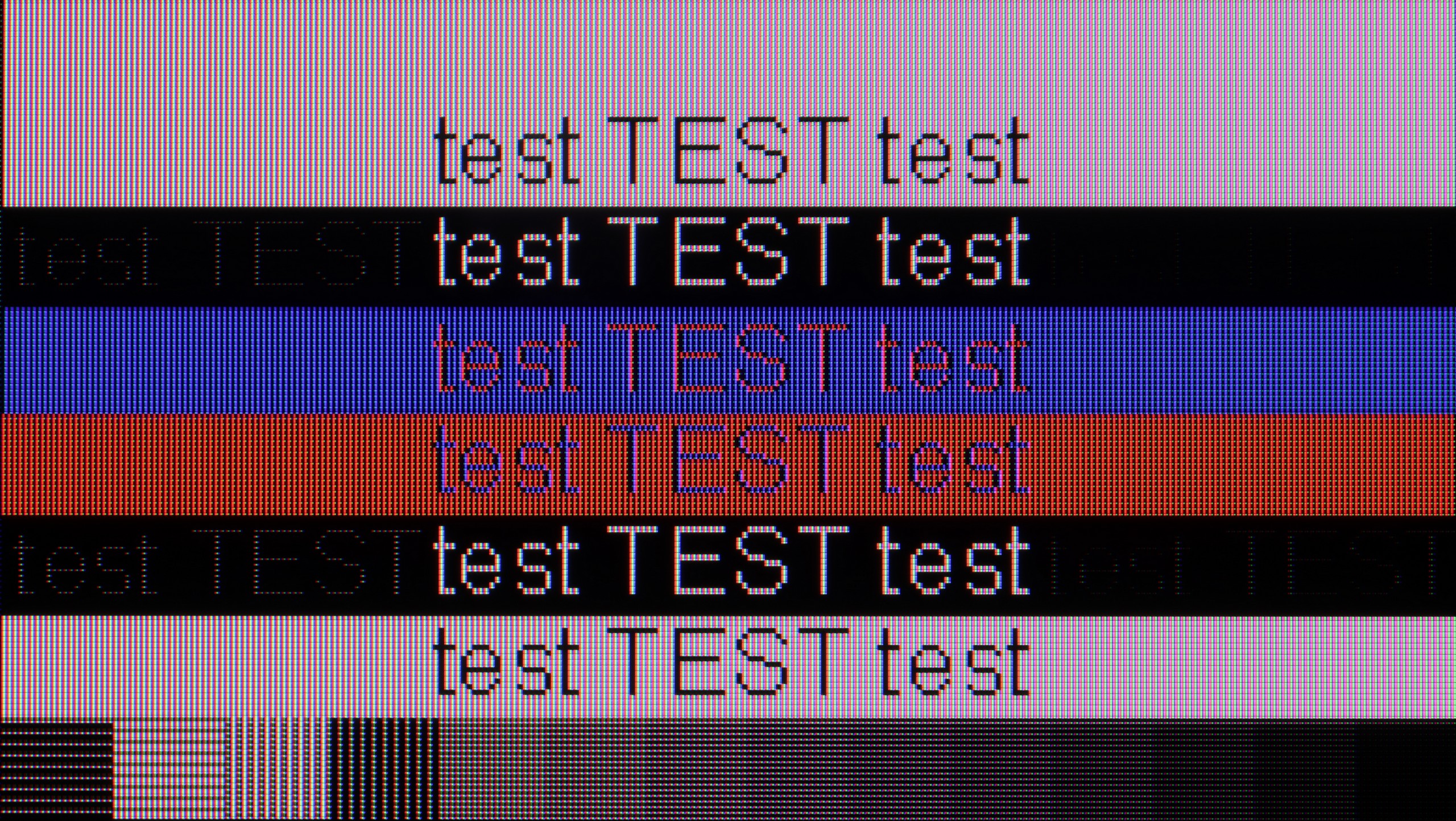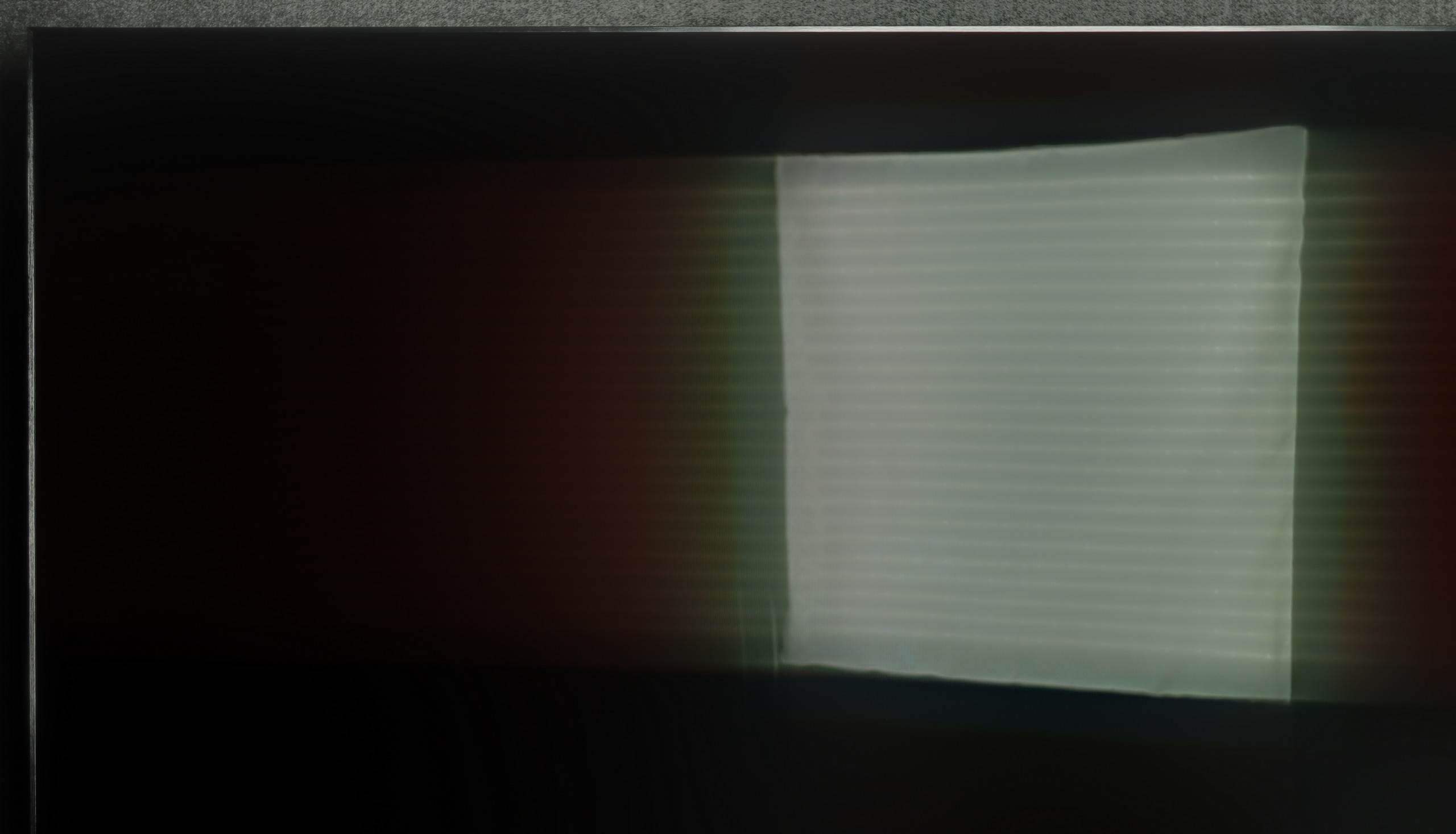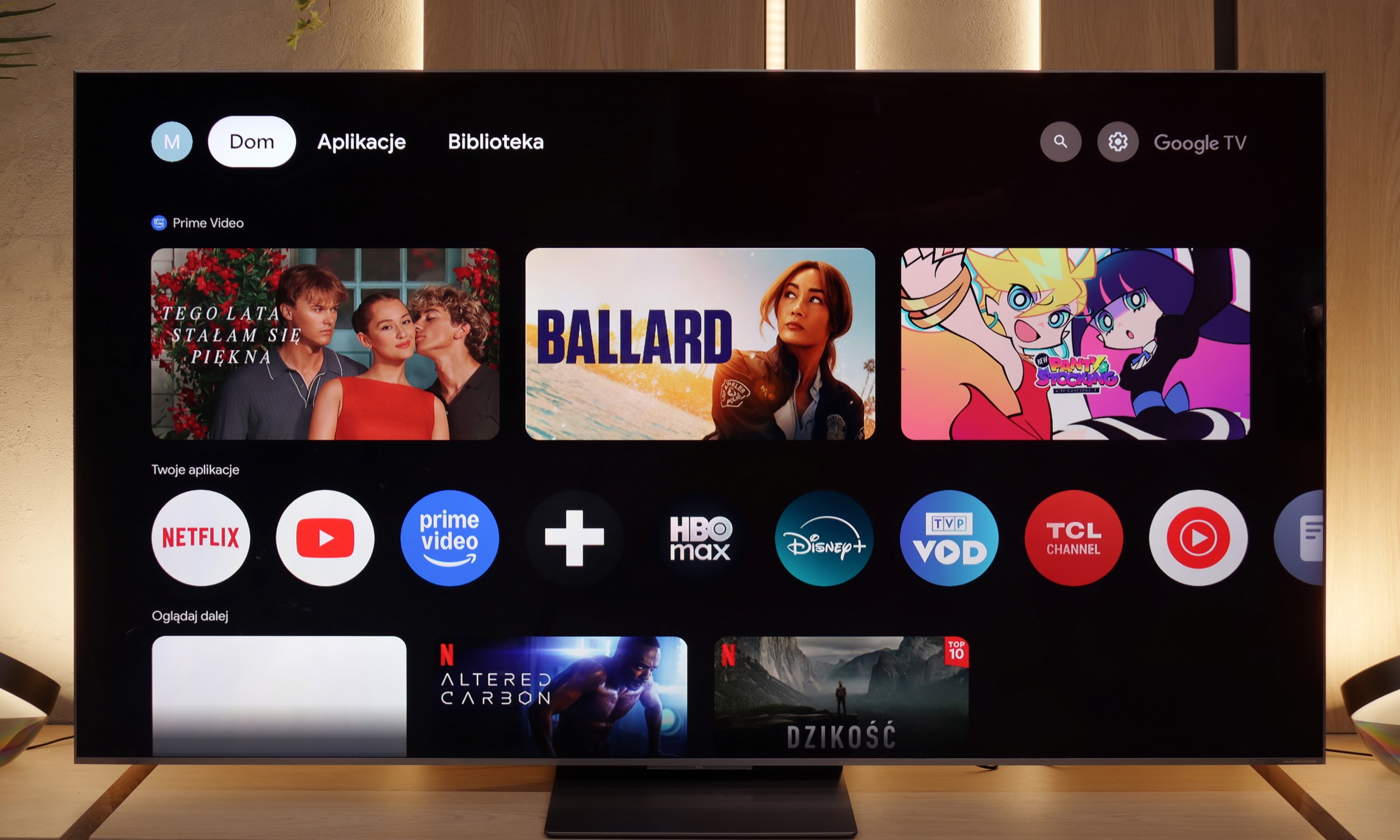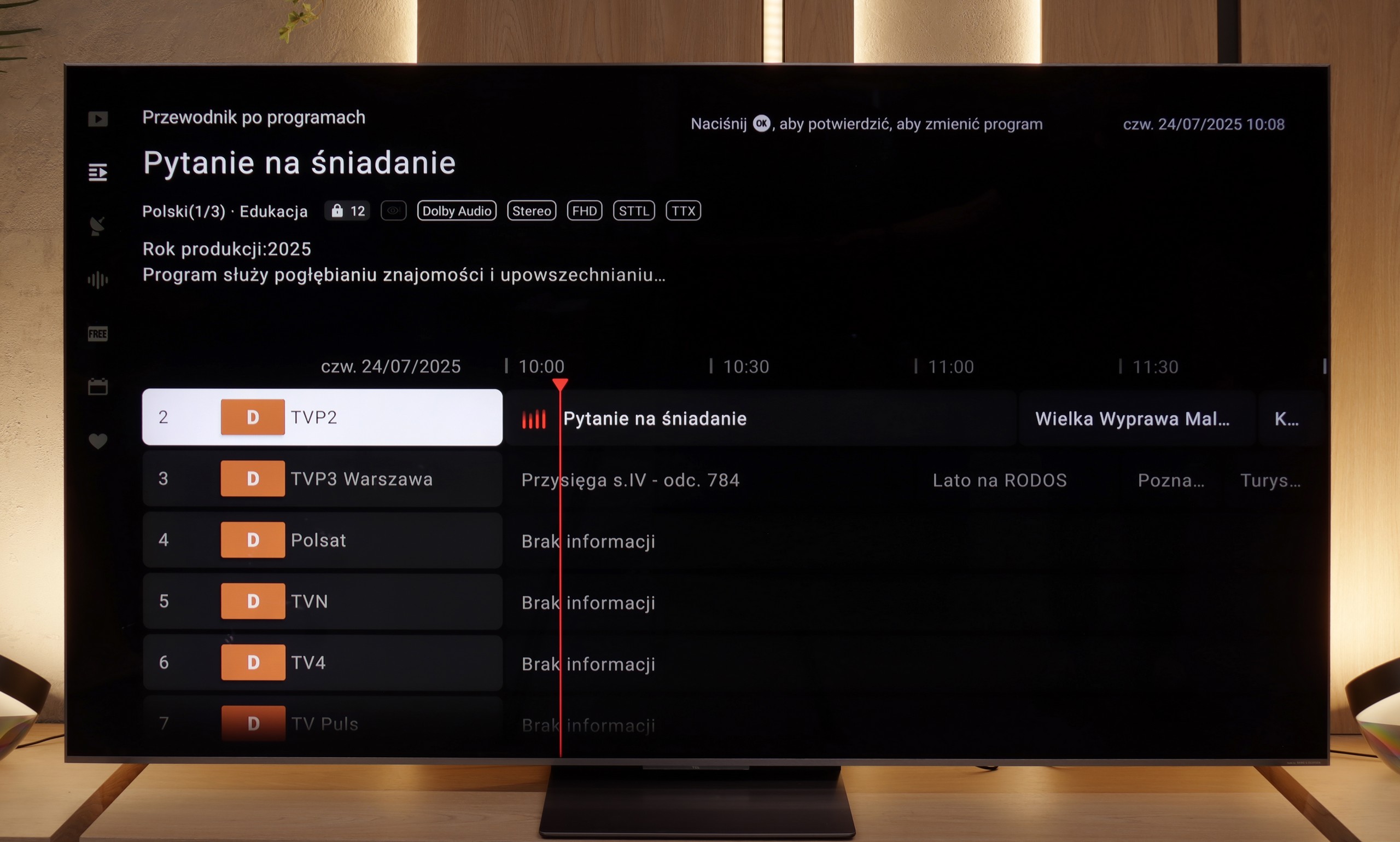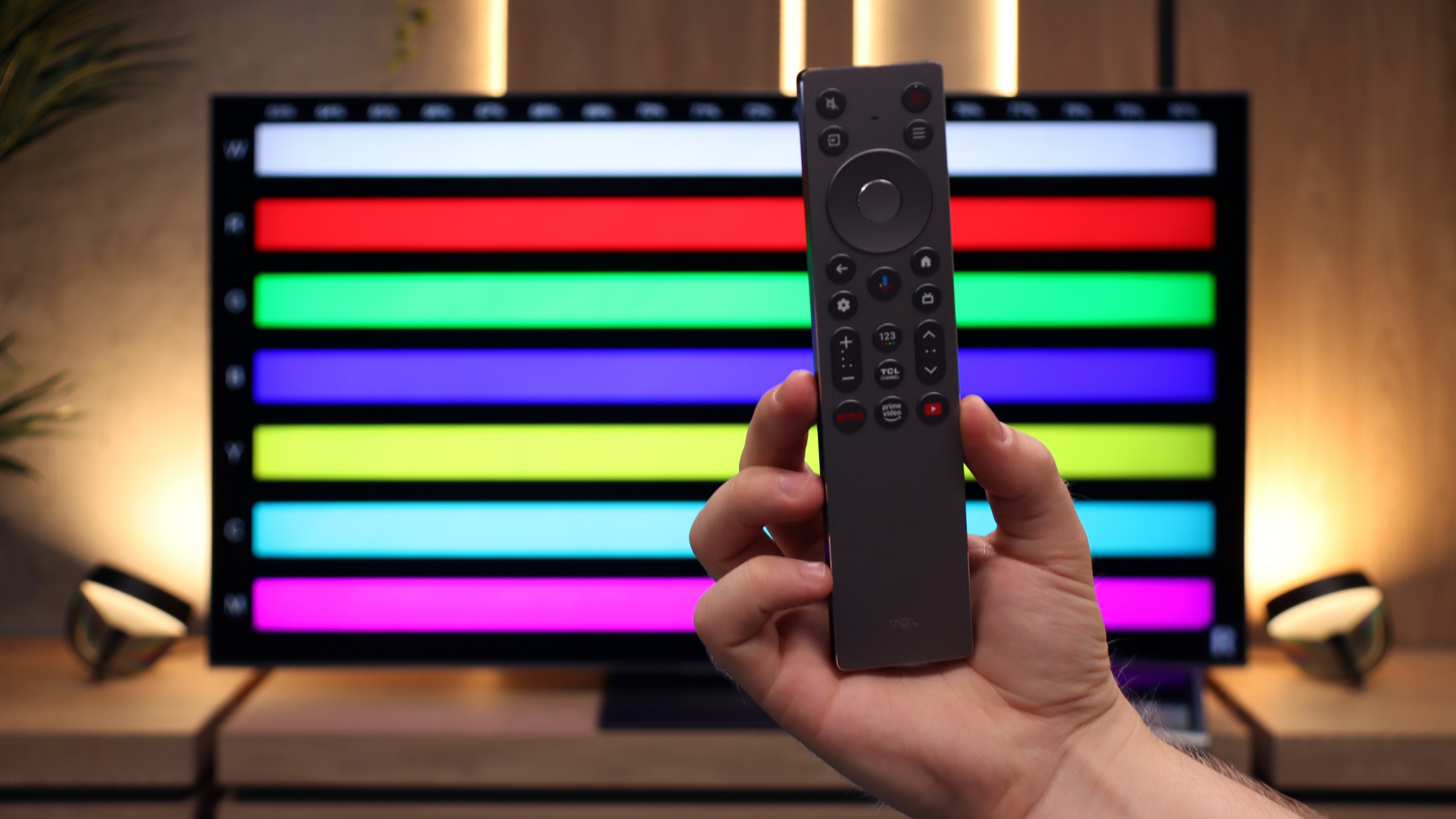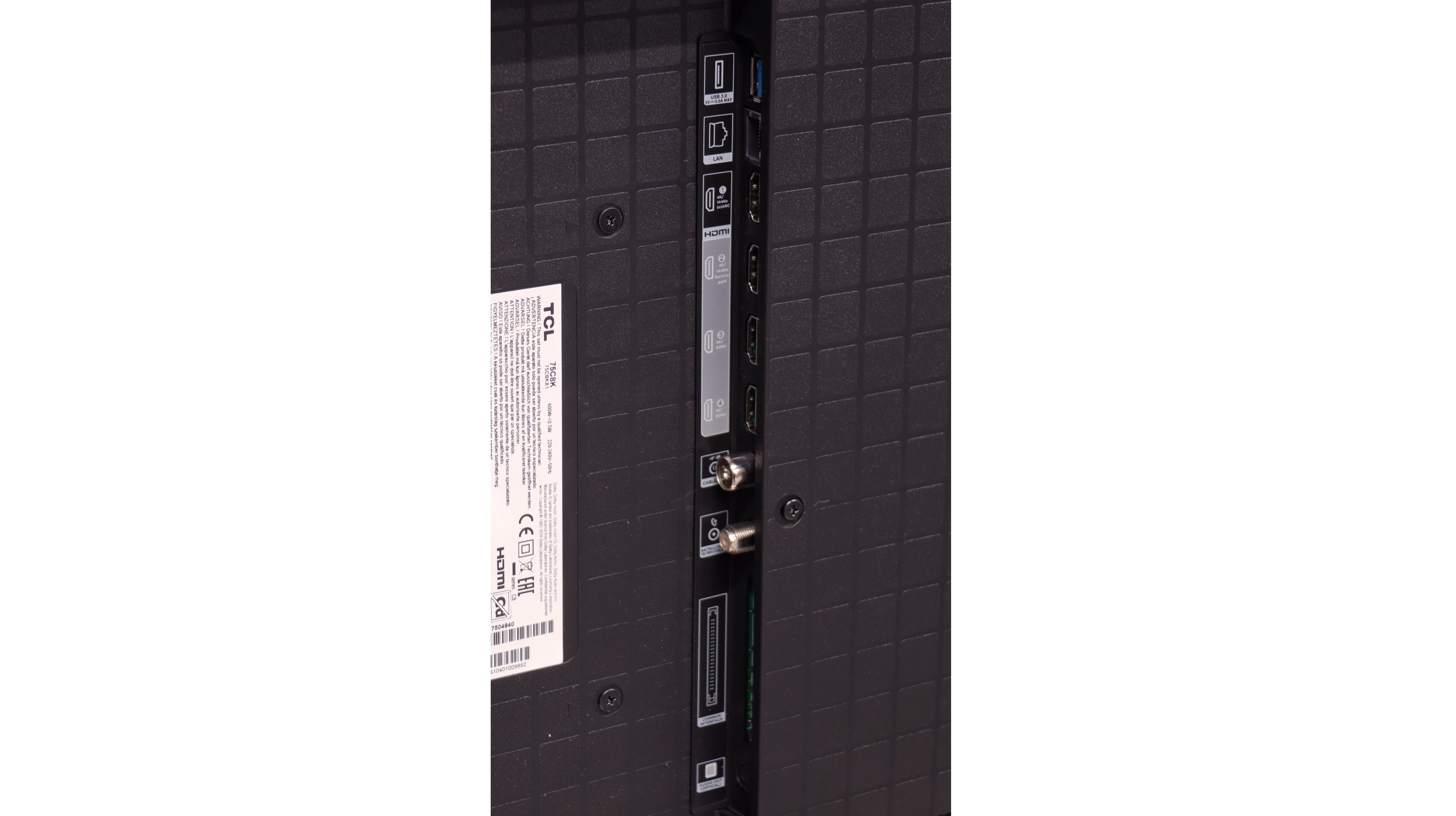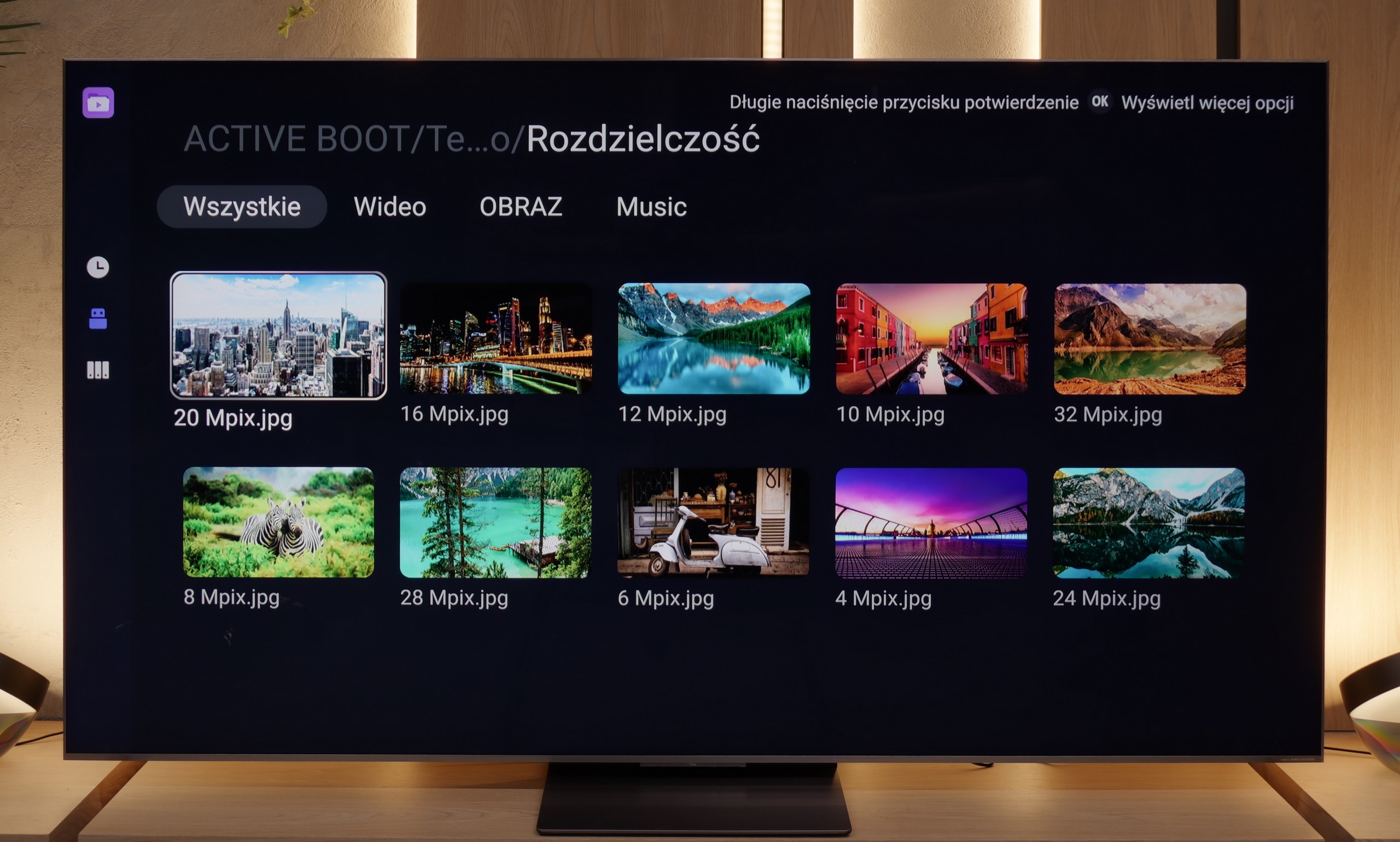Once again, the manufacturer shows that despite being a relatively young player in Poland (but not globally) when it comes to the RTV market, it certainly cannot be said that it is a second-rate choice. The TCL C855 is an incredibly versatile device that performs well in various applications and excels in its price range. Thanks to Mini LED backlighting, the results for contrast and black levels are very solid, allowing for a deep and vivid image. It is worth noting that the television's algorithm effectively manages to maintain uniformity of blacks, and the blooming effect is rarely noticeable. This backlighting is also a strong point for the television in HDR content, although with some reservations. The TCL C855 can achieve brightness levels of up to 1800 nits, which is an impressive result; however, brightness can drastically drop, even to around 200 nits, when a bright but small element appears on the screen. Another drawback is the boosted mid-tones, which can lead to a loss of contrast and reduce the image's alignment with the director's vision. The television also performs excellently when connected to a console or a powerful PC. In this category, the TCL C855 truly shows its strength, offering extremely low latency and high-quality gameplay, thanks to the full implementation of HDMI 2.1 features. The Google TV operating system is another advantage, providing the user with nearly unlimited possibilities for installing applications, even those outside the official store, thanks to support for APK files.
In summary, the TCL C855 is the ideal choice for those who know what they expect from a television. It is a good, versatile piece of equipment that, although not perfect, offers great picture quality, low gaming latency, as well as a flexible and expanded operating system.

